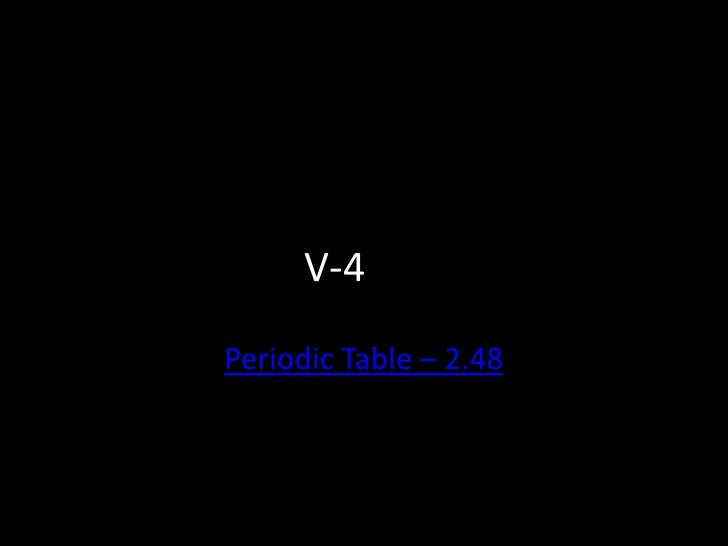

In time this can result in the generation of numerous micro- and nanoplastic particles from a single plastic object 18. As a result micro- and nanometer sized plastic particles may be released from the surface of larger fragments 19.

The oxidation and shortening of polymer chains and leaching of plasticizers makes plastic materials brittle and stimulates the formation of surface cracks and fragmentation 18, 19. The present study sought to shed some light on plastic litter fate in a marine microcosm to learn more about the processes and rates that could be observed.įragmentation of plastics is thought to be initiated by polymer chain backbone weathering through exposure to sunlight (UV), oxidants, hydrolysis and physical shearing, for example through currents, waves, or friction with sand 4, 33, 34, 35, 36, 37, 38, 39, 40. This lack of data limits our capability to assess and predict the fate and residence times of plastic litter in marine ecosystems. We also do not know to which degree biodegradation contributes to the mineralization of plastic in seawater 23, 24, 25, 26, 27, 28, 29, 30, 31, 32. It is currently unknown how and at which rates fragmentation of plastic proceeds. An estimated 13% to 32% of the total weight of buoyant plastics in the oceans consists of microplastic particles of 0.3–5 mm in size 14, 21, 22. In the marine environment plastic breaks up into smaller particles 18, 19, 20.

The issue of widespread plastic waste in the environment is exacerbated by the durability and persistence of these materials in the environment 3, 4, 5, 6, 7, 8, 9, 10, 11, 12, 13, 14, 15, 16, 17. Millions of tonnes of plastic waste are estimated to enter the oceans annually 1, 2. This study emphasizes the need to obtain experimental data on plastic litter degradation under conditions that are realistic for marine environments. The formation of microplastics observed in the microcosm was responsible for at least part of the weight loss. Weight loss of plastic items was ≤ 1% per year for polyethylene, polystyrene and polypropylene, 3–5% for latex, polyethylene terephthalate and polyurethane, 15% for cellulose acetate, and 7–27% for polyester and polylactic acid compostable bags. Rate constants for ER decrease in polyethylene items in the microcosm were similar to tensile elongation decrease of polyethylene sheets floating in sea, measured previously by others. Electrical resistances (ER) of plastic items decreased as function of time, an indication that seawater had penetrated into microscopic crevices in the plastic that had developed over time. Microbial biofilms dominated by Cyanobacteria, Proteobacteria, Planctomycetes and Bacteriodetes grew on the plastics, and caused some of the polyethylene items to sink to the bottom. In the microcosm, polyurethane foams, cellulose acetate cigarette filters, and compostable polyester and polylactic acid items readily sank, whereas polyethylene air pouches, latex balloons, polystyrene foams and polypropylene cups remained afloat. We studied the fragmentation of conventional thermoplastic and compostable plastic items in a laboratory seawater microcosm.


 0 kommentar(er)
0 kommentar(er)
